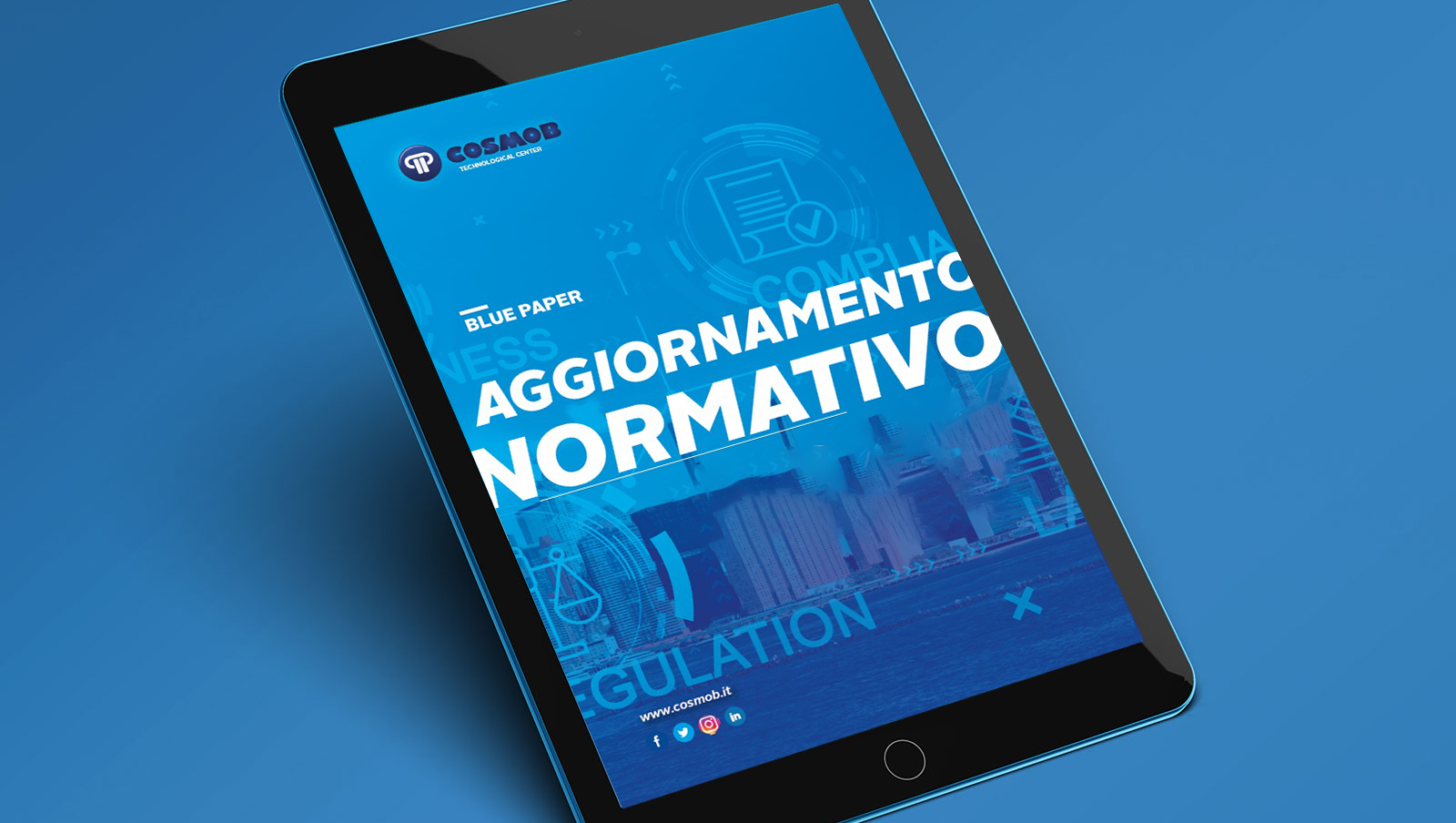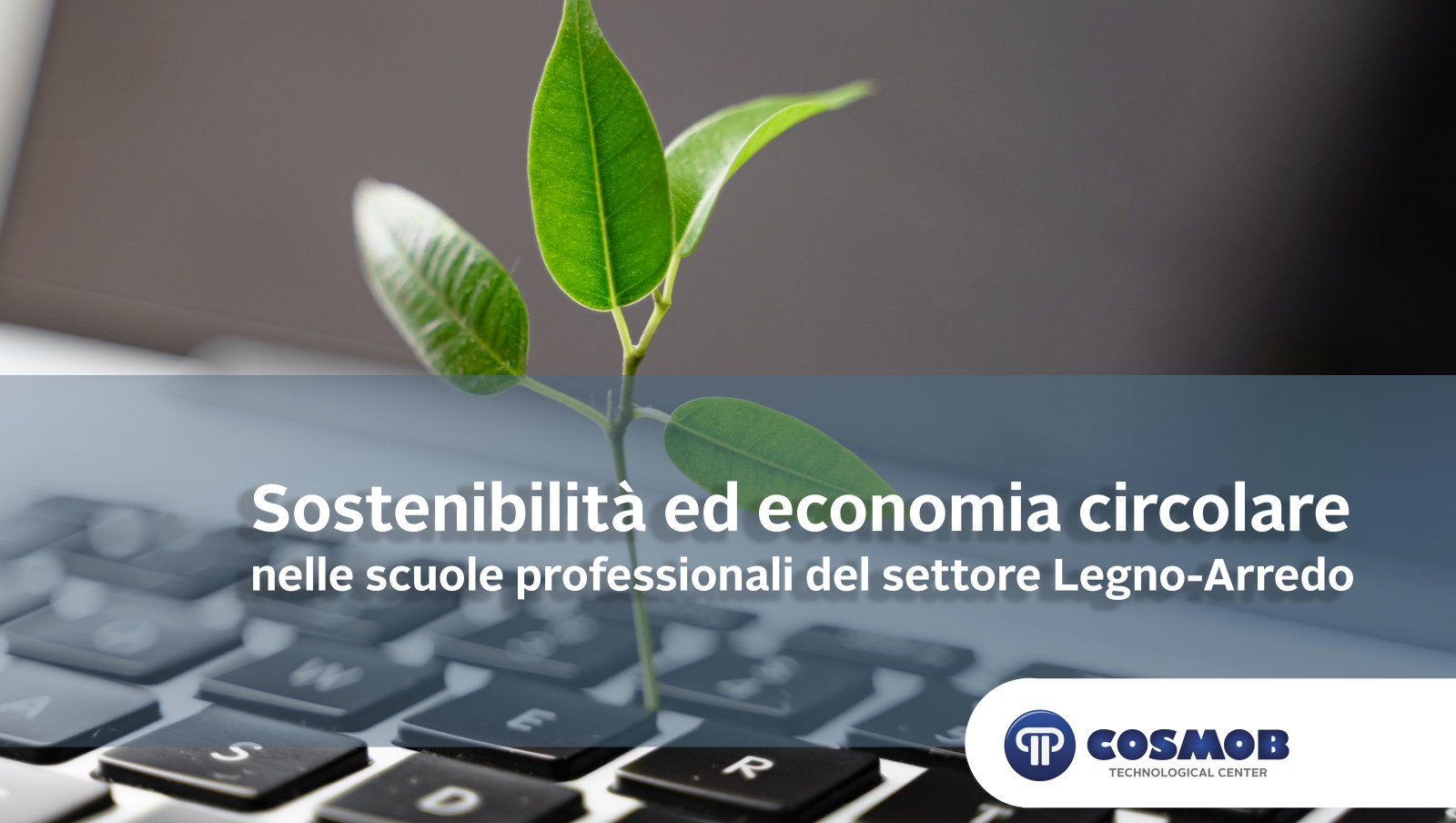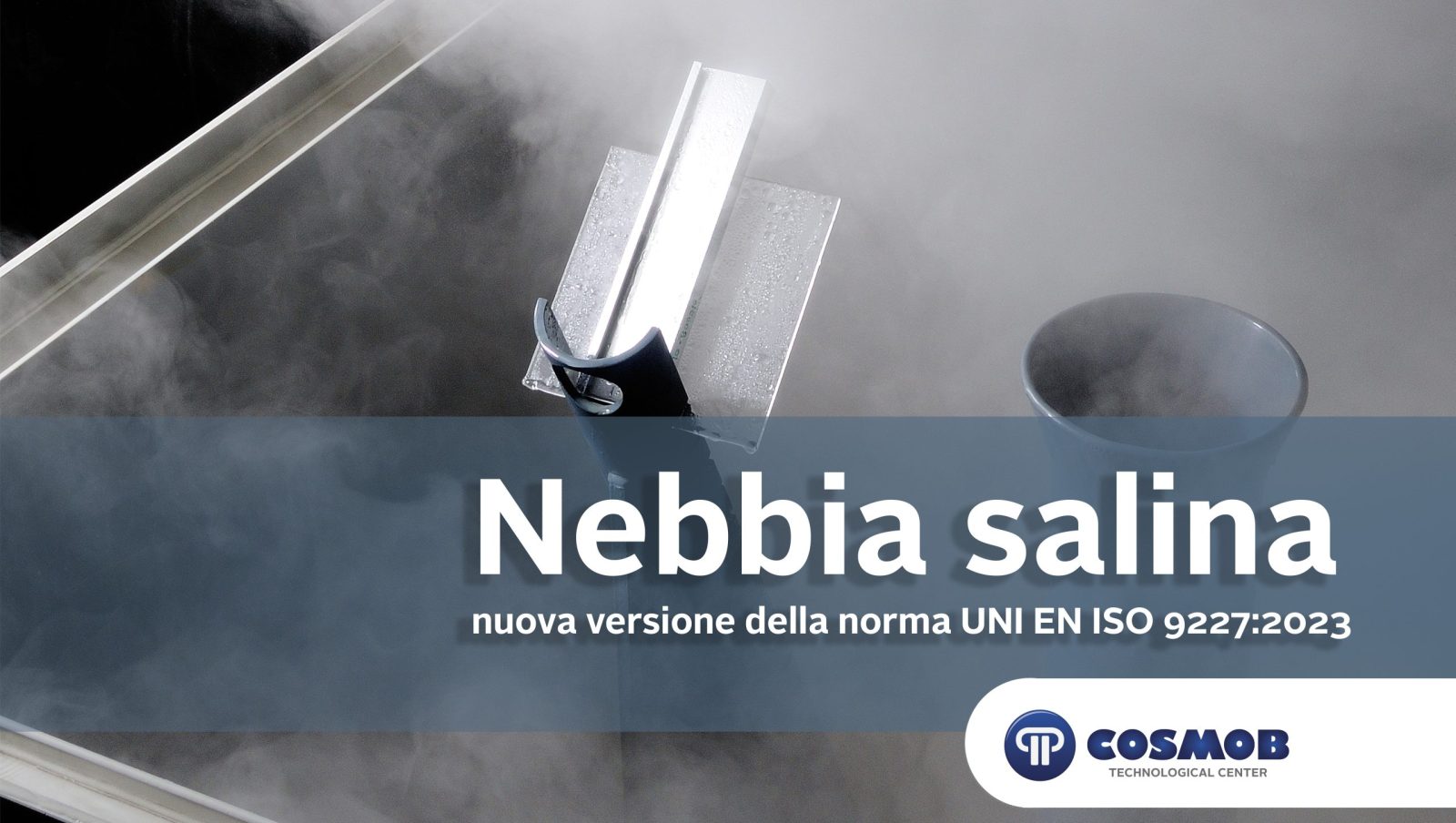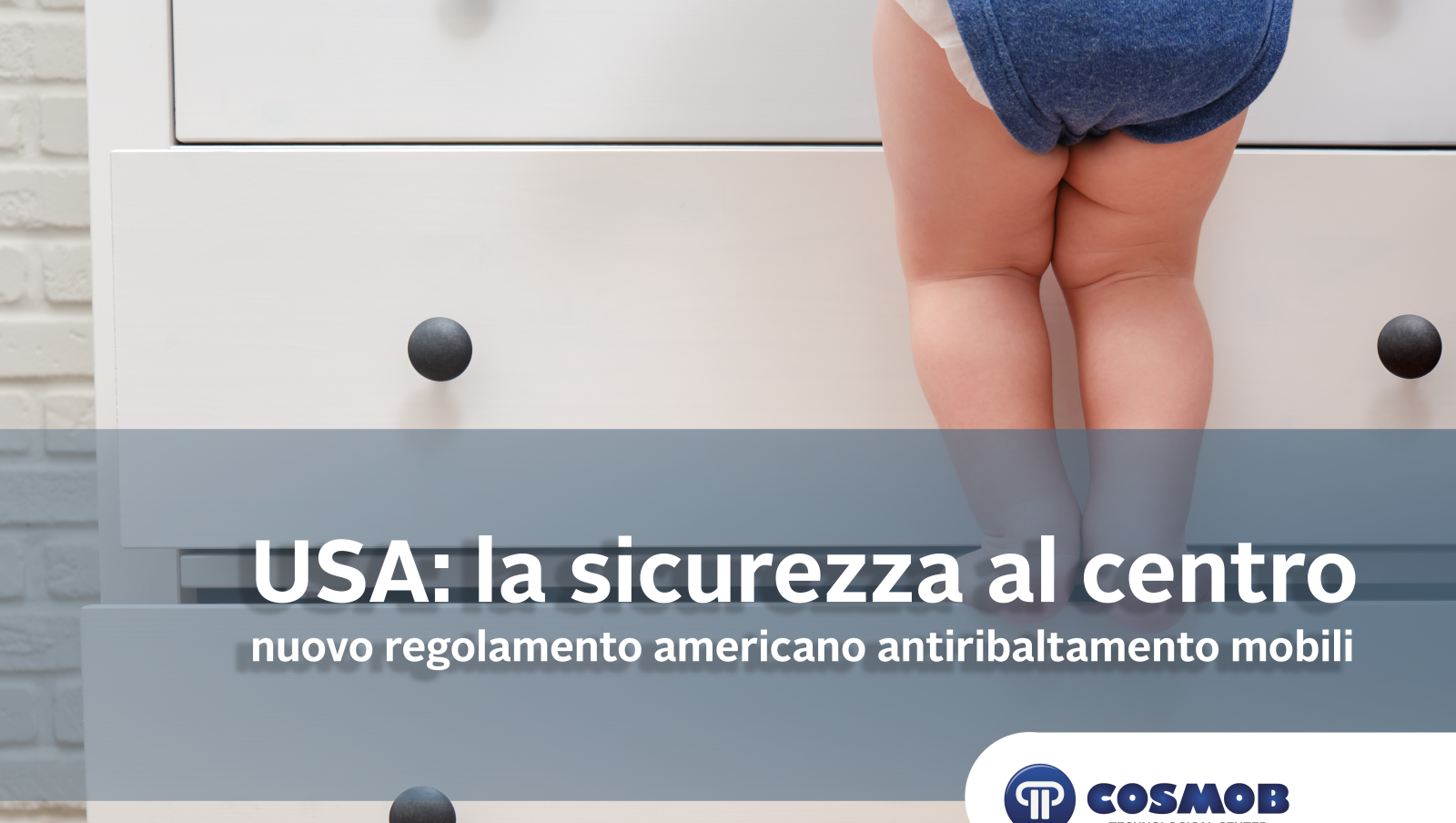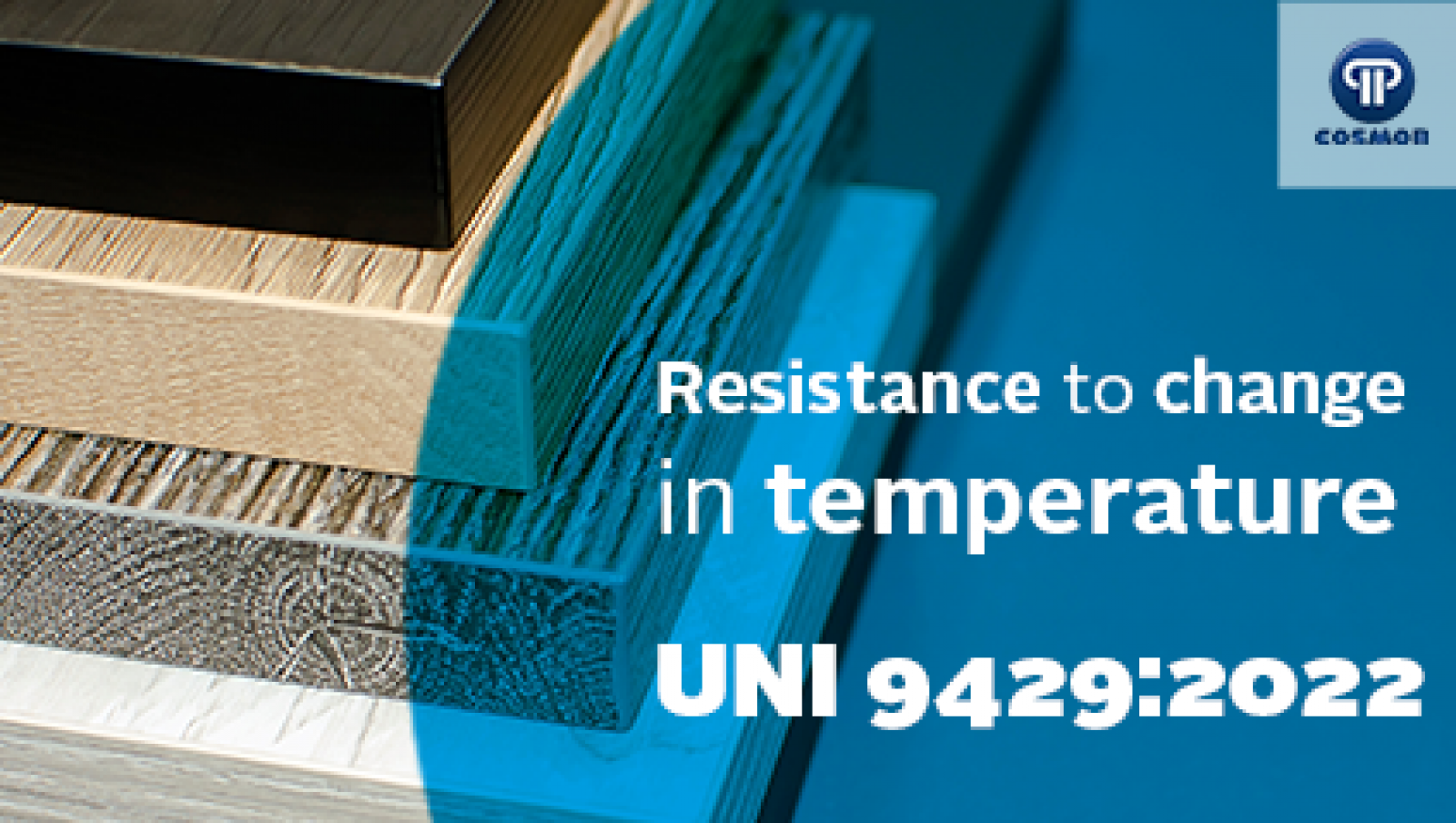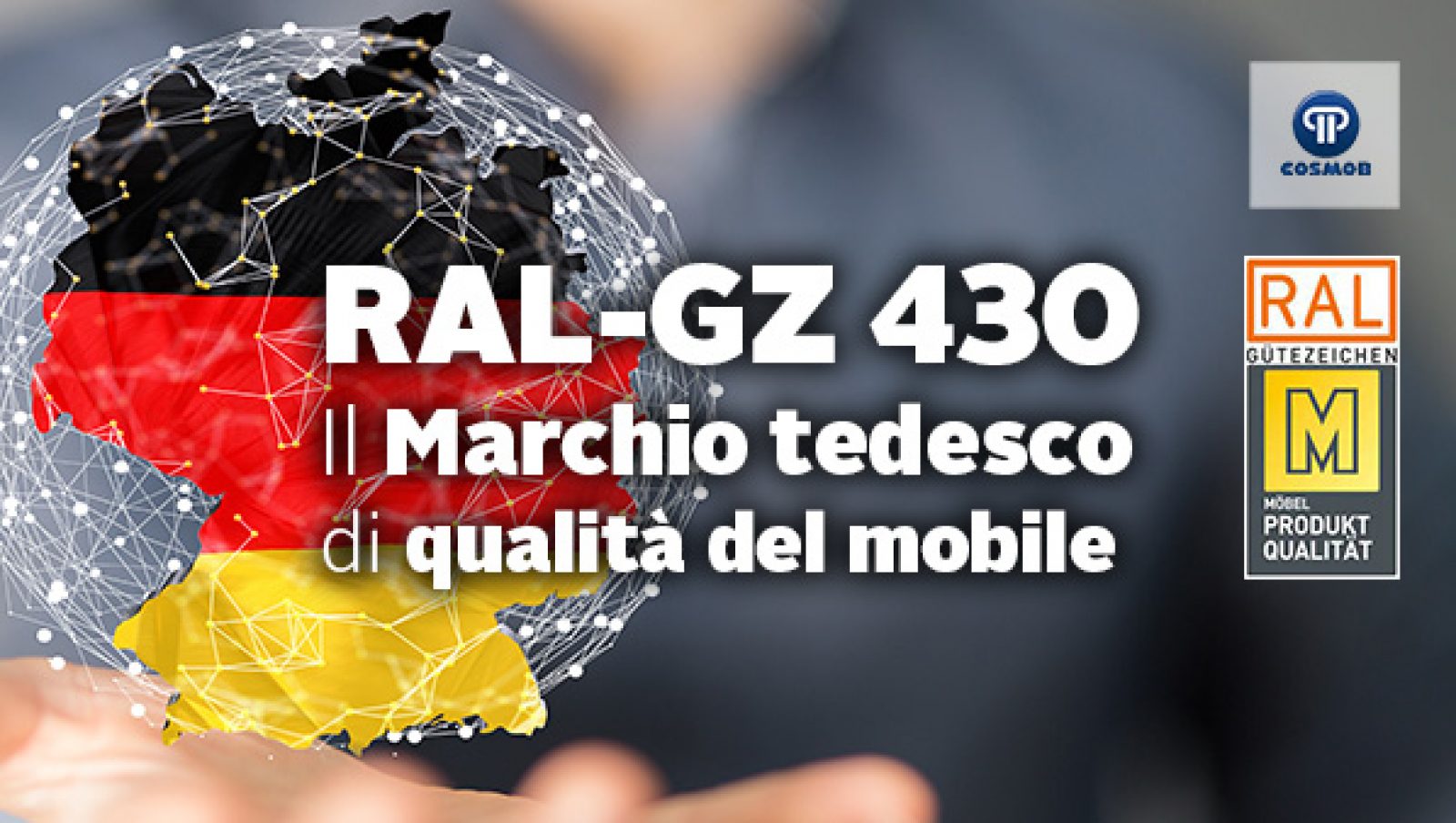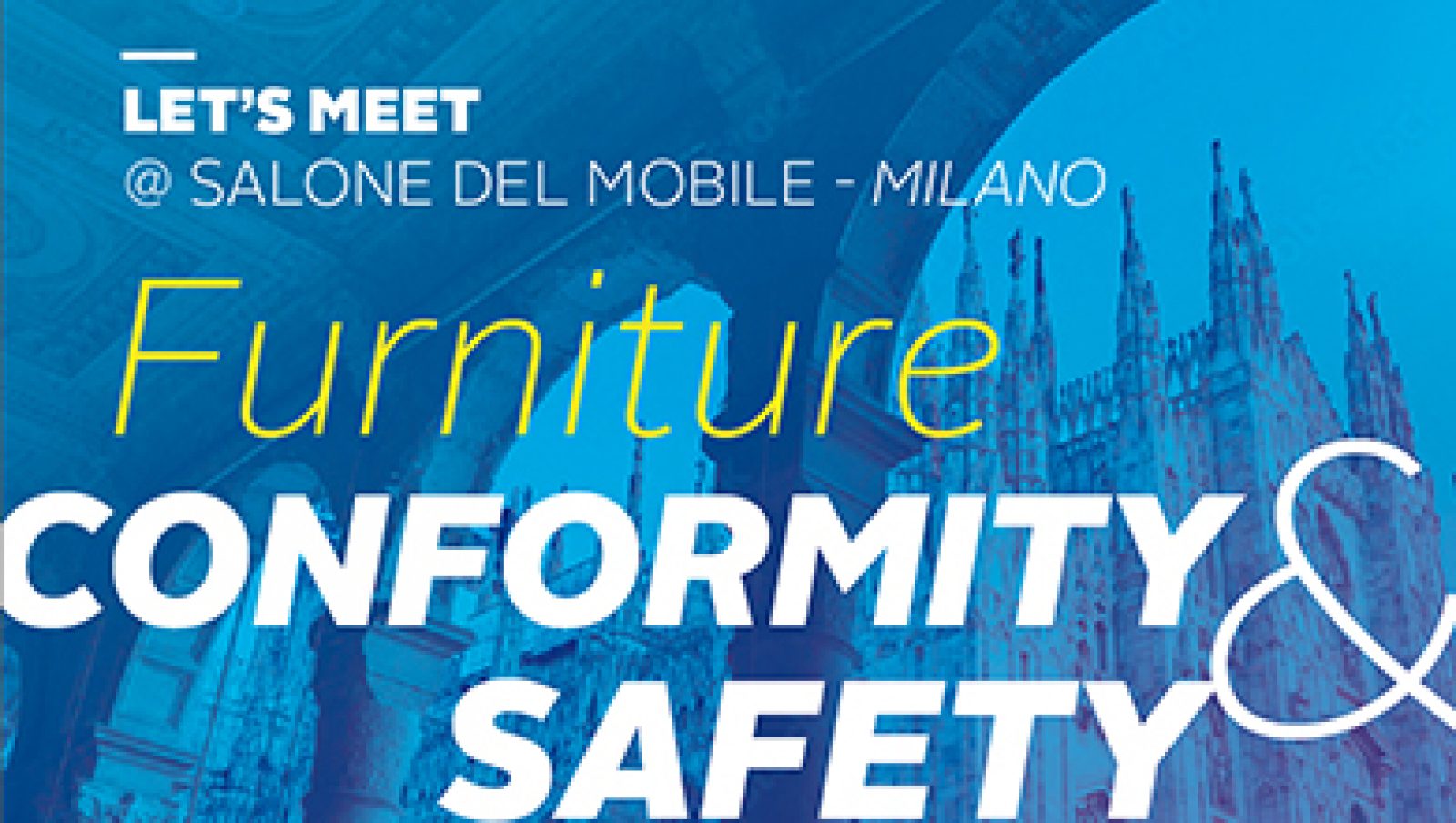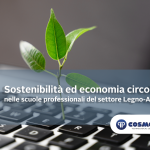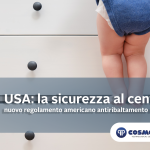📰 Blue Paper: 2022 regulatory update
Wednesday, 14 June 2023
An effective regulatory update is a way to guarantee companies the technical support to identify the standards (national, European and international) applicable to their productions. The objective of the monitoring that is regularly carried out by our technicians is to summarize the main regulatory changes that are determined by the entry into force of
- Published in Quality
No Comments
Sustainability and circular economy in professional schools in the wood-furniture sector
Thursday, 08 June 2023
What are the skills required of young carpenters and woodworkers to increase their knowledge and awareness of sustainability and the circular economy? After the analysis of the current state of the wood furniture sector in Europe, and the collection of information regarding the skills, knowledge and skills related to the Sustainable Transition needed for workers
- Published in Innovation
Salt spray: new version of the UNI EN ISO 9227:2023 standard
Thursday, 08 June 2023
Starting from 2 March 2023, the new version of the UNI EN ISO 9227 standard ‘Corrosion tests in artificial atmospheres – Salt spray tests’ is in force to evaluate the corrosion resistance of metallic materials, with or without permanent or temporary anticorrosive protection such as the metal components of the furniture or, for example,
- Published in Quality
USA Export: ASTM F2057-23 is the mandatory standard of garment storage furniture
Thursday, 08 June 2023
The United States Consumer Product Safety Commission (CPSC) has voted in favor of voluntary stability standard ASTM F2057-23 as a new mandatory safety standard for clothing storage furniture required under the STURDY Act “Stop Tip- overs of Unstable, Risky Dressers on Youth”. This results in the suspension and cancellation of the final CPSC regulation whose
- Published in Quality
Resistance of surfaces to temperature changes: the new UNI 9429
Monday, 25 July 2022
The main standard for assessing the effect of temperature changes on the surfaces of wooden artefacts and furniture has been updated. The standard does not apply to leather surfaces, coated fabrics, natural and synthetic textiles. The main changes introduced concern the typology and evaluation of tested samples: as far as the typology is concerned, the
- Published in Quality
EU Green Taxonomy: What Impacts for the Wood-Furniture Sector?
Monday, 11 July 2022
Sustainability and the transition to a safe, climate-neutral, resource-efficient and circular economic growth model are relevant for increasing the competitiveness of European business. The concrete application of this model on a European scale needs to adopt a systemic and long-term approach geared towards eco-sustainability, as well as the definition of harmonised criteria and standards to
- Published in Innovation
RAL-GZ 430: the German furniture quality label
Thursday, 07 July 2022
The market is becoming progressively more attentive and receptive to issues such as quality, health and safety of furniture products, as they are present in the home and work spaces in which we tend to spend more and more time. What is RAL: the German furniture quality mark The RAL quality label identifies a ‘global’
- Published in Quality, Uncategorized
Conformity and safety of the furniture product
Thursday, 26 May 2022
The World Health Organization considers a building to be healthy and safe ‘if it is able to protect the health, promote the physical, social and mental well-being of its occupants through design, construction, maintenance and location that support a sustainable environment and a cohesive community’ (euro.who.int). Ensuring the safety, comfort and health of the people
- Published in Quality, Uncategorized



